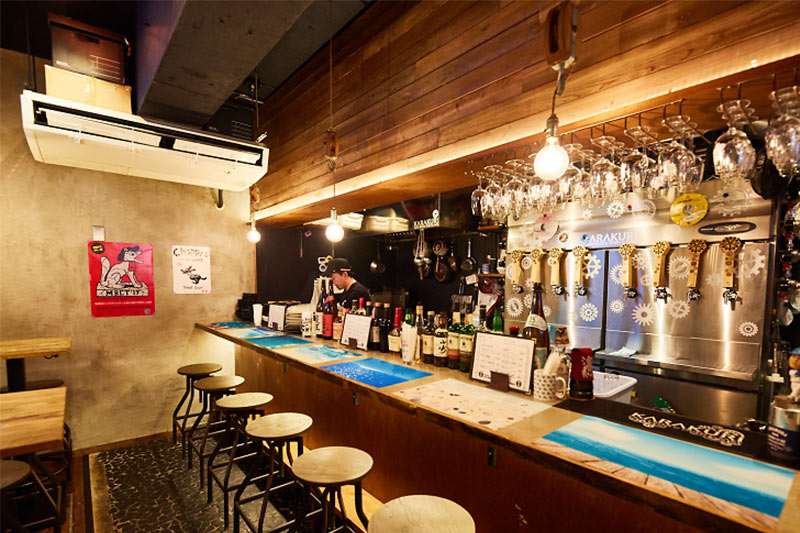In the modern catering industry, the rise of craft beer culture has allowed many bars and restaurants to introduce brewing equipment into the business system, which not only improves the customer’s consumption experience but also enhances the uniqueness of the brand. As key equipment to achieve this goal, the bar and restaurant brewing equipment kit can meet the needs of small bars that are new to the brewing field or catering chains that pursue high quality and high output.
What is a bar and restaurant brewing equipment kit?
Bar and restaurant brewing equipment kits generally refer to various equipment used for brewing drinks inside bars or restaurants, especially the production, mixing, storage, and service equipment for alcoholic beverages such as beer, fruit wine, and cocktails. This equipment can help bars and restaurants provide brewed alcohol or mixed drinks, providing customers with a unique drinking experience.
Features of bar and restaurant brewing equipment kits:
- Small footprint.
- Adequate automation, simpler operation.
- Stainless steel 304 or 316 material, in line with food-grade standards.
- Kits can be customized according to production capacity.
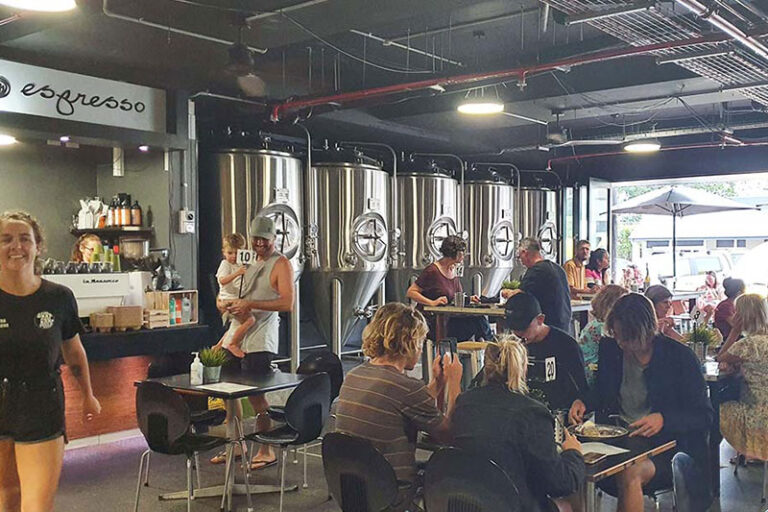
Composition of brewing equipment kits for bar restaurants
mash system
- Mashpot: used to heat the mixture of water and malt, carry out the mash process, and convert starch into fermentable sugars.
- Filter tank: separate the spent grains and mash
- Boiling pot: used to boil the mashliquid and add hops to extract bitterness and aroma.
- Spinning tank: used to settle solid particles and improve the clarity of wort.
Fermentation system
- Fermentation tank: a sealed container used for fermentation mash and conversion into alcohol and carbon dioxide.
- Fermentation control system: monitors temperature, pressure, and fermentation status.
Cooling system
- Plate heat exchanger: quickly cools the boiled wort to a temperature suitable for fermentation.
- Chiller: provides cold water required for cooling.
Storage tank
Used to store beer that has completed fermentation to ensure stable quality. The finished beer is transported to the dispensing equipment or bar tap through pipes or distribution pumps. The system design focuses on the freshness and efficient distribution of beer and is often equipped with pressure regulation and temperature control functions.
Control system
Used to monitor and adjust key parameters in the brewing process in real-time. Through precise control of temperature, pressure, and time, the stability and efficiency of each link are guaranteed. Modern control systems usually have remote monitoring and data recording functions to support optimized brewing.
Cleaning system
- Cleaning tank: used to clean and disinfect equipment.
- Cleaning pump: provides high-pressure water flow or detergent.
Filling system
- Filling machine: used for bottling beer.
- Beer dispenser: used for keg filling or on-site distribution.
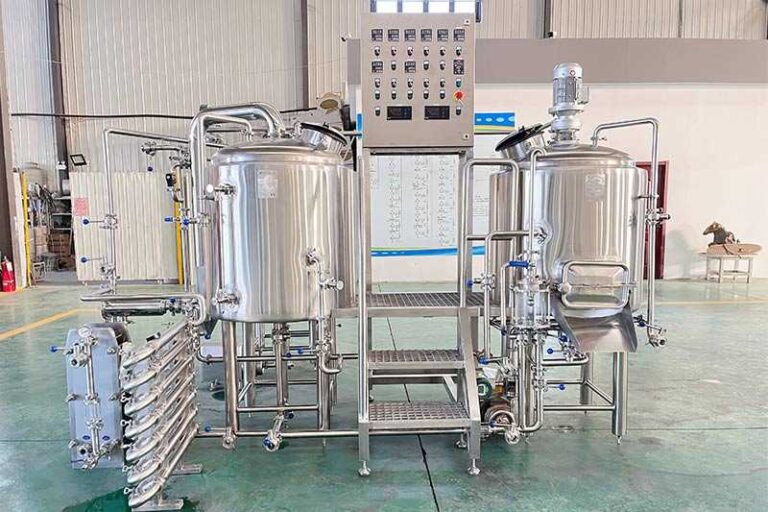
Advantages of brewing equipment kits for bars and restaurants
Customized production
Bars and restaurants can brew distinctive beer flavors according to their own special needs. This flexibility allows restaurants to meet customers’ personalized preferences, such as light beer, dark beer, fruit beer, etc. In addition, restaurants can also launch exclusive beers according to seasons, events, or festivals to increase fun and appeal.
Economic benefits
The cost of brewing beer is relatively low, which can significantly reduce the expenditure on beverage supply. Restaurants can not only reduce operating costs but also increase product-added value through exclusive beer. At the same time, the profit margin of brewing beer is larger, which helps to increase overall revenue.
Brand Enhancement
Brewery equipment is a differentiated competitive strategy that can attract customers to choose your restaurant. The unique beer taste can also enhance customers’ impressions, and improve brand awareness and customer loyalty.
Operational Flexibility
Brewery equipment kits usually support small batch production, which is very suitable for the daily needs of bars and restaurants, avoiding inventory backlogs and ensuring the freshness of beer. Restaurants can quickly adjust production scale and types according to sales and market feedback, and maintain a rapid response to market changes.
How to choose brewing equipment suitable for bars and restaurants?
Brewing type
- Small beer brewing equipment: If you plan to make your beer in a bar and restaurant, consider choosing small, compact craft brewing equipment, which is usually flexible and suitable for small batches.
- Commercial beer brewing equipment: If the goal is to produce on a larger scale or brew standard beer, you can choose brewing equipment with a larger capacity. Such equipment usually requires a larger space and more complex management.
- Beverage brewing equipment: If you plan to brew not only beer but also wine, whiskey, and other alcoholic beverages, you may need more complex equipment, such as wine fermentation equipment, distillation equipment, etc.
Space planning
Bars and restaurants usually have limited space, so the choice of brewing equipment should take into account the floor space. You need to choose compact or modular equipment to maximize the use of space. Small craft beer brewing equipment is usually compact in design and suitable for smaller environments.
Budget
If the budget is more limited, you can choose small-capacity brewing equipment that is suitable for the scale of bars and restaurants, which can not only meet the brewing needs but also have a lower initial investment. In addition to the price of the equipment itself, the cost of daily operations is also a part that needs to be considered. The energy efficiency, water consumption, and hop consumption of brewing equipment directly affect operating costs. Choosing energy-efficient equipment can reduce later expenses.
Quality
- Durability and stability: When choosing equipment, make sure the material and structure are strong enough to withstand long-term, high-intensity use.
- Easy to clean: Brewing equipment will come into contact with liquid during use. Long-term uncleaning will affect the quality of beer. Choosing equipment that is easy to disassemble and clean can ensure the stability of beer quality.
- Ease of operation: For bar and restaurant staff, the operation of brewing equipment should be as simple as possible. Choosing equipment with an automated control system can reduce the burden on operators and ensure the consistency of the brewing process.
- After-sales service: After-sales service for equipment is very important, especially when problems occur. Choosing a manufacturer with perfect after-sales service can ensure that equipment problems are repaired in time to avoid affecting normal operations.
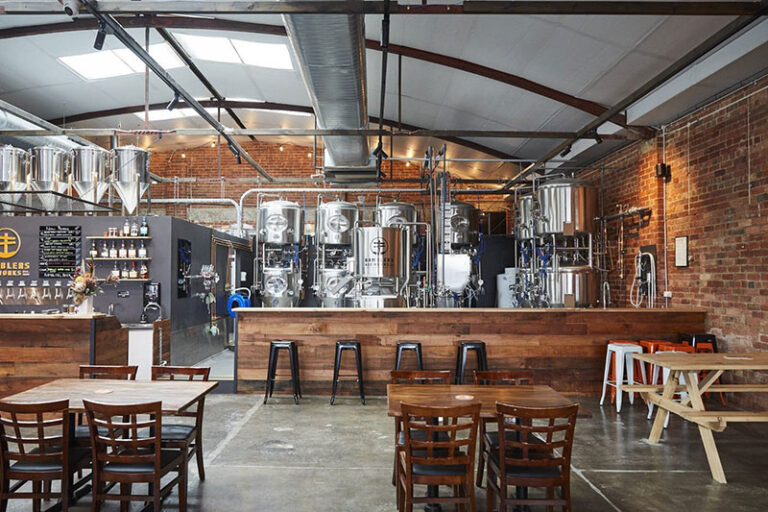
How bars and restaurants can use brewing equipment to enhance their characteristics
Create exclusive drinks
Bars can use brewing equipment to produce unique beers, cocktail bases, or sparkling wines to provide customers with exclusive drinks. For example, small batches of craft beer can adjust the recipe according to the season or theme to attract beer lovers to try different flavors. Restaurants can use brewing equipment to make customized drinks, such as specialty juices, sodas, or kombucha, to pair perfectly with dishes.
Enhance customer interaction experience.
Open brewing space is a great way to attract customers. By displaying brewing equipment in the store, customers can not only see the production process with their own eyes but also participate in the interaction, such as trying new products or voting on the flavor of the next batch of drinks. This experiential marketing not only brings customers closer to the brand but also leaves a deep impression on customers.
personalization
Improve brand Brewery equipment provides bars and restaurants with innovative possibilities to create unique products based on brand positioning and the needs of target customers. For example, a restaurant focusing on health and environmental protection can brew non-alcoholic fermented drinks or low-sugar beer to echo the theme of healthy living; while a retro-style bar can try brewing traditional-flavored spirits to cater to the preferences of specific groups of people.
Provide cultural experience
Many consumers are interested in brewing technology but know less about the details. Bars and restaurants can use brewing equipment to explain the production process by holding brewing classes, tasting events, or themed lectures. This not only enhances the brand image but also allows customers to appreciate the uniqueness of these products more.
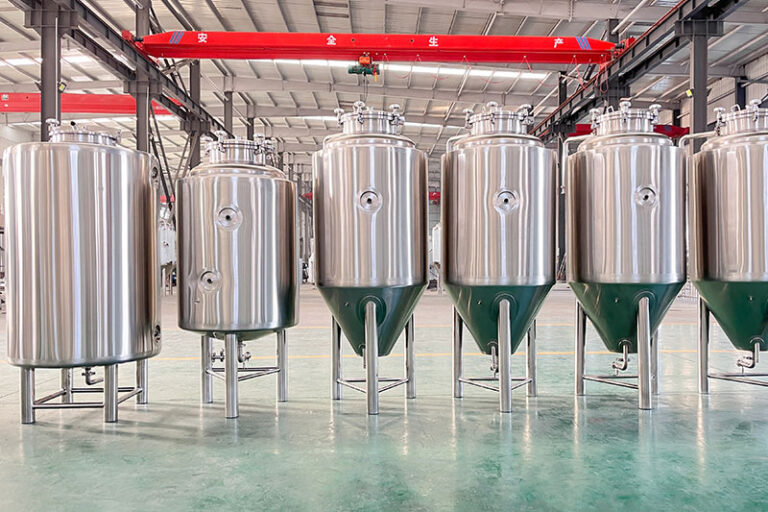
FAQ
What components does a brewing equipment kit usually include?
Generally includes mash equipment, fermentation tanks, cooling systems, filtration equipment, filling equipment, and control systems. Depending on the needs, additional equipment such as packaging machines and CIP cleaning systems may also be included.
How to improve the efficiency of brewing equipment?
- Optimize the brewing process and reasonably control time and temperature.
- Use efficient cooling and heating systems.
- Maintain equipment regularly to reduce failures and downtime.
- Consider using automated equipment to reduce human operating errors and improve production efficiency.
Is the degree of automation of bar and restaurant brewing equipment high?
The brewing equipment on the market currently has different degrees of automation. For bars and restaurants, equipment with a higher degree of automation can reduce human operating errors and improve production efficiency. For example, functions such as automatic temperature control, automatic feeding, and automatic fermentation management can all be implemented in the equipment. However, automated equipment is usually more expensive, and bars and restaurants can choose suitable equipment according to their needs and budget.

